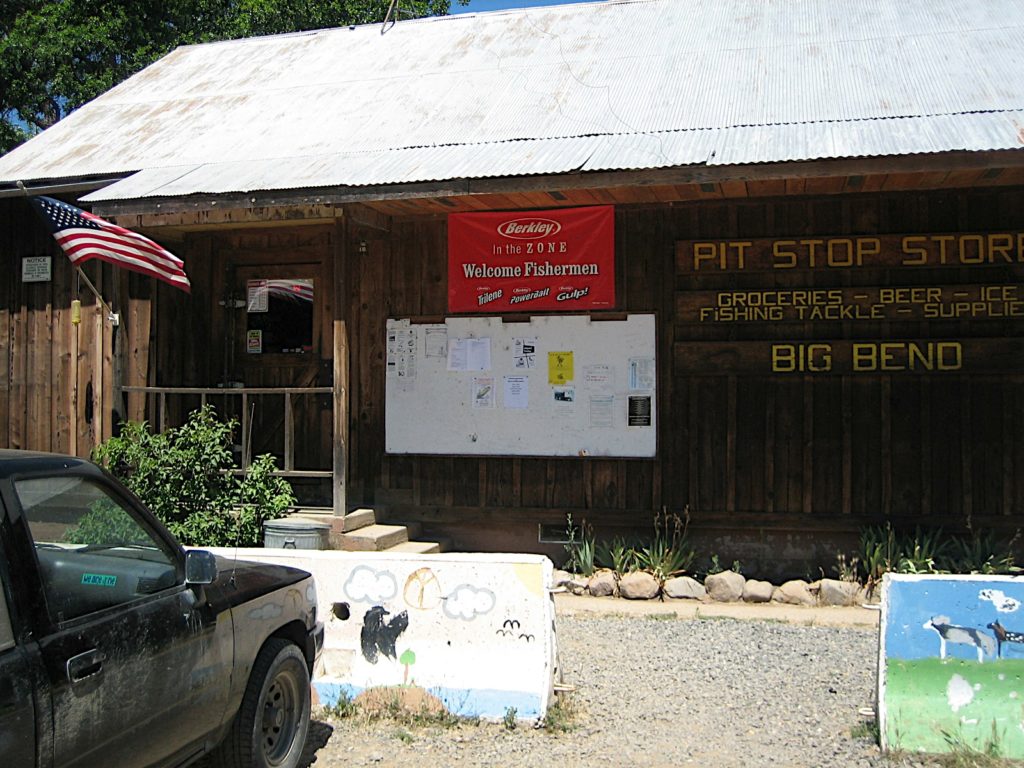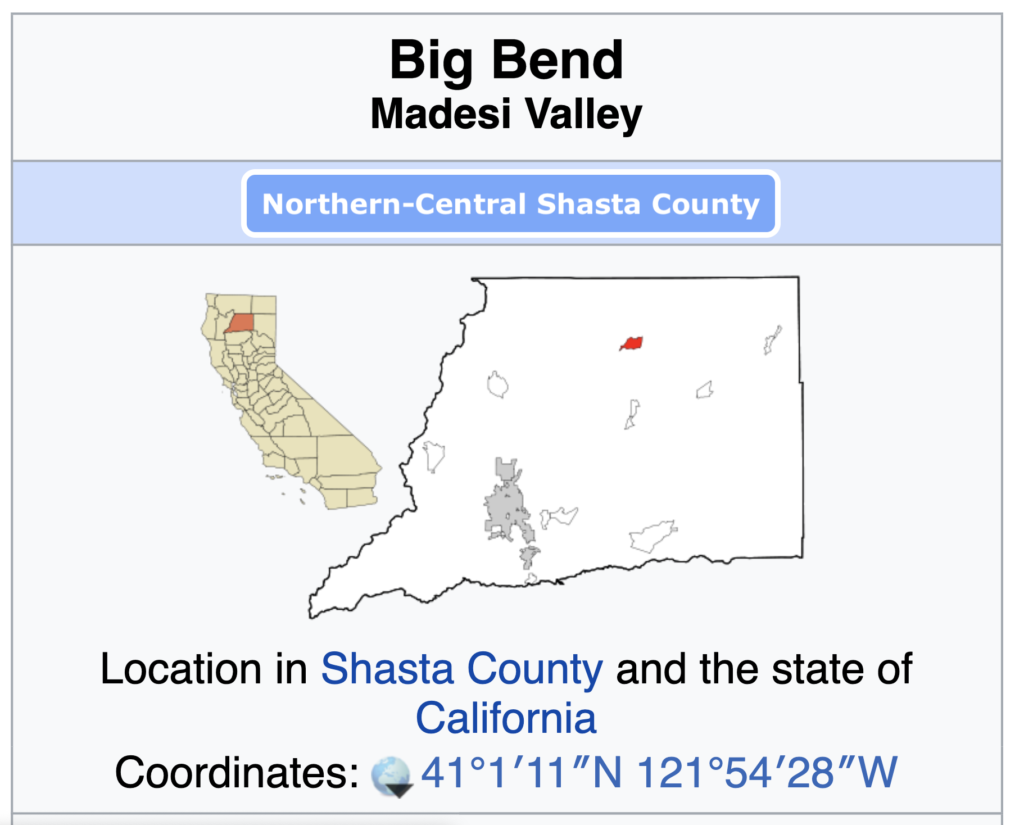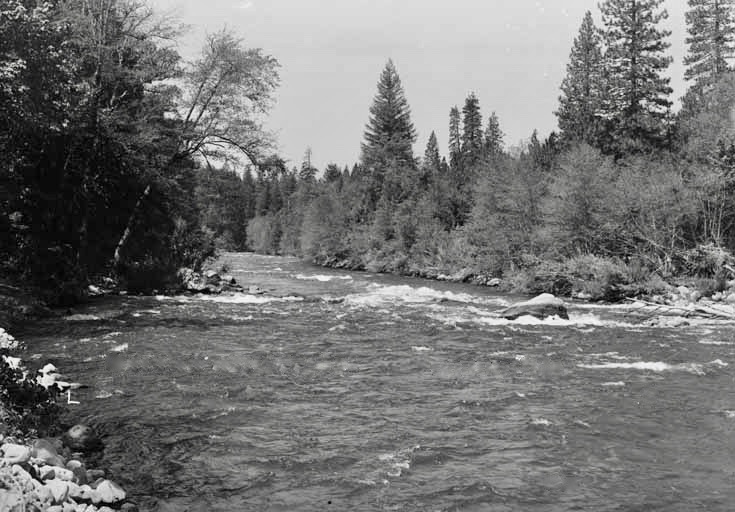
Big Bend is located in Madesi Territory, in north central Shasta County, 16 miles north of Highway 299. Nestled among Douglas Fir, Ponderosa & Sugar Pine, Incense Cedar, and Black Oak forests and special Live Oak and White Oak-Manzanita woodlands, it is the ancestral homeland of the Madesi band of the Pit River Tribe. One of the last parts of California to be colonized by Euro-Americans, the area has a very sad and turbulent history. In the late nineteenth century, many Madesi families and entire communities were brutally killed or pushed out of their homelands by both settlers and their military and government counterparts. The land was blatantly stolen from the native populations, without protection of the rule of law, in a process that often attempted to commit genocide of the indigenous first nations peoples. Also, many precious resources were taken, and this continues today.
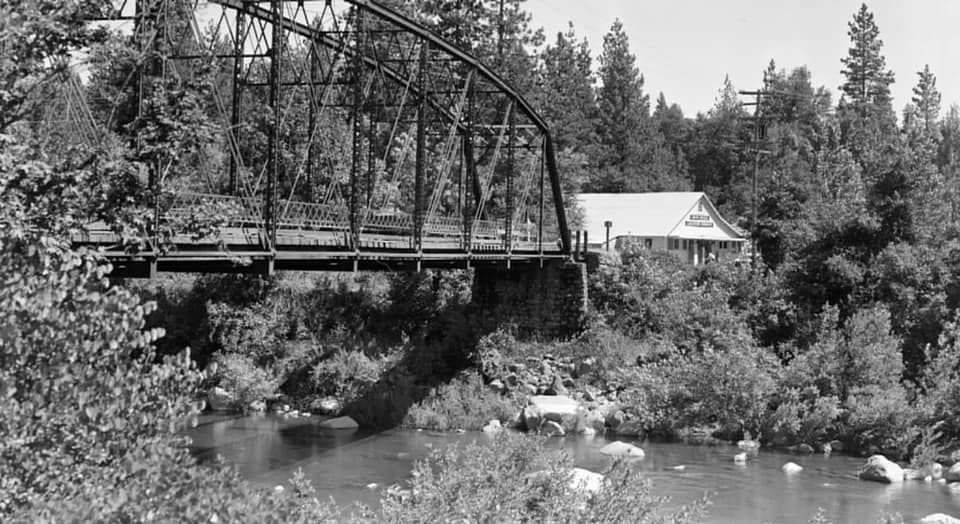
By the 1930s, the utility company which became Pacific Gas and Electric Company (PG&E) began to build Hydroelectric Dams and Power Houses in the region. This caused an upsurge in the non-native population into the thousands, and temporarily improved the economy for the settlers in the region. This development also caused a major tragedy, as the dams prevented anadromous fish from migrating to and from the ocean to spawn in the Pit River and its tributaries. The result was the total loss of one of the largest Salmon populations in the world, so the colonizers could make electricity from hydropower. Since the sacred fish can no longer make their amazing journey between the river and the ocean for spawning and the other parts of their life-cycle, the ecosystem of the entire watershed was negatively effected, and a crucial part of the indigenous culture was destroyed.
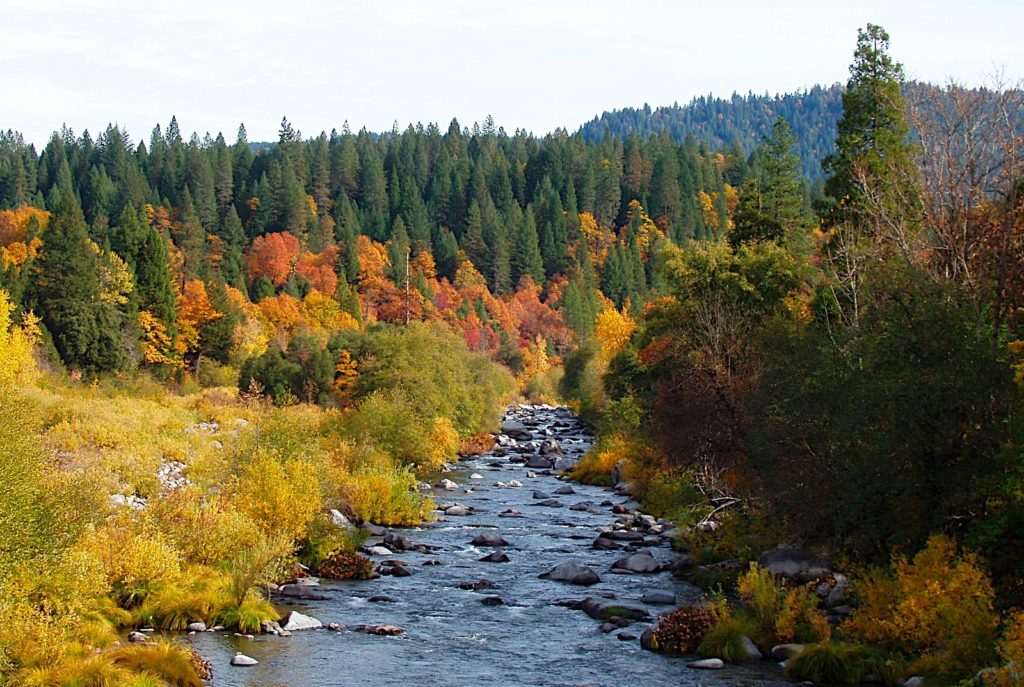
Since the dam-building era, the Madesi Valley has seen a steady decline in population and economic opportunities, with only 102 people listed on the 2010 census. The population decline has apparently been mainly the result of two major issues: lack of jobs and lack of housing. Big Bend is a remote area dominated by the timber and hydroelectric industries. With most shops, services, and jobs currently only available as close as Burney or Redding, many Big Bend residents find themselves either relocating or struggling to make ends meet. Indian Springs School (ISS), the K-8 public school in the town, has had less than 20 students for more than a decade.
The remote rural nature of the town can isolate residents from each other and from the outside world, limiting opportunities for jobs, community cohesiveness, and mutual aid. With these challenging factors, problems like malnutrition, poverty, theft, homelessness, addiction, depression, and other mental health issues can become a problem for some residents.
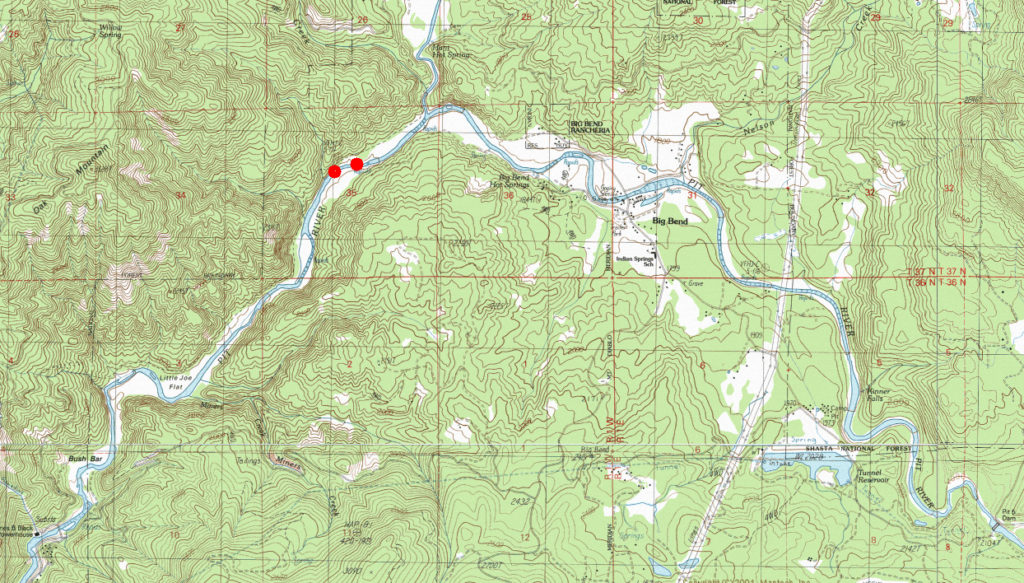
Yet even with its traumatic history and some on-going limiting and challenging aspects, Big Bend has great potential for growth and improved quality of life for all residents. The natural resources in the Madesi Valley have provided generously for humans and wildlife for many thousands of years. The local river, creeks, and lake offer fishing, boating and other recreation loved by many residents and visitors. The natural geothermal hot springs spread along the river and creek banks are well known for the beautiful scenery, unique hydrogeology, geothermal energy potential, and a relaxing atmosphere.
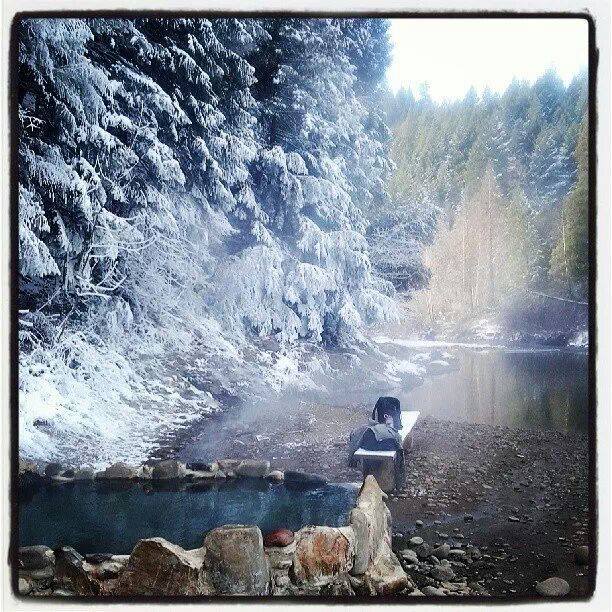
The school is at the heart of the community and has public funding and a very special and unique facility. It sits above a major fault line that allows geothermal hot water to be accessed for the school building’s heating system, plus a, geothermal greenhouse and, a geothermally-heated swimming pool. The greenhouse program provides important hands-on educational opportunities and the plants and food produced are used for fund-raising and for part of the healthy gourmet meals the students enjoy. The school has a very good ratio of teachers and teacher’s aides to students, which allows for increased individualized attention to improve learning. ISS also has a successful music program a caring and dedicated staff, and much more.
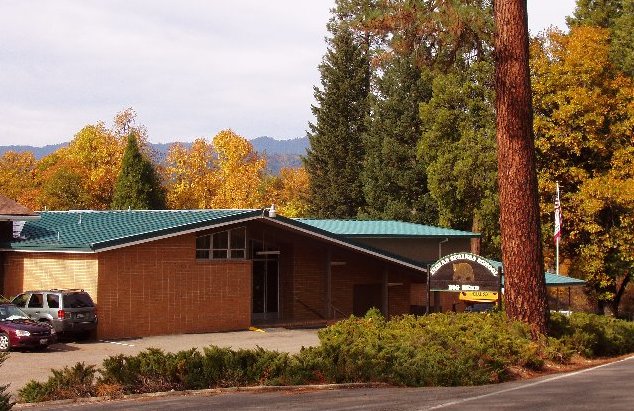
Many local residents are well aware of the issues Big Bend faces, and share a desire to work together to actively improve the standard of living. The BBCLT is one evolving part of the community improvement tactics, with potential to help Big Benders thrive and to support the special town to grow and prosper. With the creative, brilliant, kind, and resourceful people who populate the valley, we can overcome the economic and demographic challenges, as we honor, protect, and improve the ever-evolving unique community and the abundant natural resources.
